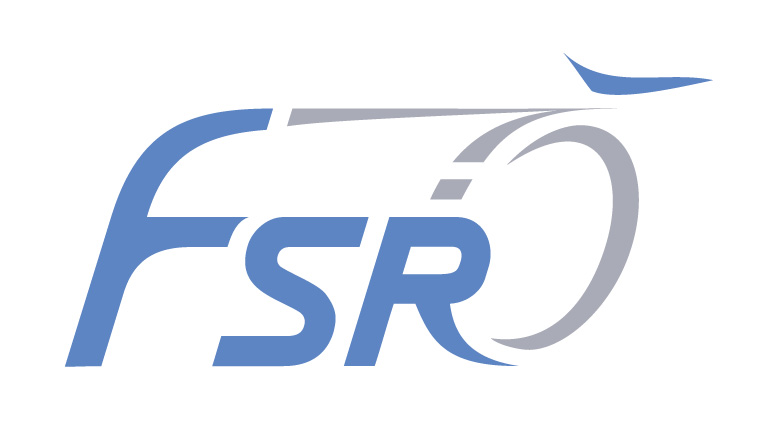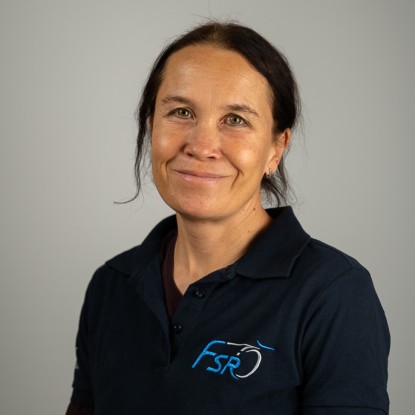The FSR operates a wide range of equipment for research in various areas. This includes several unmanned aerial vehicles (UAVs), various flight simulators and several test benches. A laboratory is also operated in cooperation with ESA for research on concurrent engineering methods.
Unmanned vehicles and aircraft (UGV/UAV) are already being used in a wide range of applications. They have become an important tool not only in the military sector, but also for authorities and organizations with security tasks or in environmental and traffic monitoring.
Research on UAVs combines many topics that are core competencies at the Institute of Flight Systems and Automatic Control: from the robust control of highly dynamic systems and navigation to air traffic management and human-machine interaction for aviation applications.
In recent years, various UAVs have been built as demonstrators, both as multicopters and hybrid quad-plane configurations. These are able to take off and land autonomously and are used for research on flight control and flight planning.
A320 Simulator D-AERO
The department's own research flight simulator is used to bring together, integrate and validate project developments from all of the institute's teams. The simulator provides a flexible test and integration platform for cockpit research. The test subjects are active airline pilots and test pilots. The modular structure of the simulator allows new software and hardware components to be integrated quickly in order to adapt the simulator for the respective test purposes.
More information on the A320 Simulator D-AERO
DA 40-180 Simulator
In addition to a flight simulator of a commercial aircraft, the Institute of Flight Systems and Automatic Control has a flight simulator from the field of general aviation. This smaller simulator is based on an FNTP from Diamond Simulation in Trebur and represents the single-engine sports and touring aircraft Diamond DA 40-180 Diamond Star . This represents a highly modern and widely used general aviation aircraft with modern IFR avionics.
More information on the DA40-180 Simulator
FSR's simulators in a video
A short documentation on the use of the Institute's simulators in current research projects can be found under the following link.
Various test benches are used to validate the diagnostic and prognostic methods developed at the Institute. These test benches are used to analyze the wear mechanisms and generate so-called run-to-failure curves, which enable the training of data-based diagnostic and prognostic models using machine learning algorithms.
In the past, the FSR operated an asynchronous motor test bench with which various types of load, such as radial forces or electric current, were applied to test deep groove ball bearings in order to simulate various failure cases. In addition, another test rig enabled the grooved ball bearing of a fan to be tested with a controlled air flow (constant load). Vibration sensors and sensors for measuring the motor's phase currents were used to determine the state of wear.
The FSR currently has two test benches ready for use for research into prognostics and health management methods.
With the Concurrent Engineering Lab@TU Darmstadt (CEL), the FSR has a modern facility in which complex technical systems can be developed using concurrent engineering and digital engineering methods.
The CEL was established in 2019 in cooperation between the FSR and the European Space Agency ESA as part of the “ESA_LAB@” initiative as a joint research laboratory in which concurrent engineering is carried out for the analysis and evaluation of new strategic areas in relation to ground segment and operations on the one hand and for research programs of all faculties of TU Darmstadt and for practical experience for students on the other.




